Educating patients on the Healing Crisis
Sender: Malvern PT Office
Subject: Educating patients on the Healing Crisis
——————————
Hi everyone
The topic of the healing crisis, or how to talk to patients about the
or how to talk to patients about the
healing crisis, has come up a bit lately so I thought I’d share some of
what I say to patients. I’ve heard from many therapists coming for Skills Enhancement Seminar (SES)
that having an example to work from has made them feel more confident
when they go back and interact with their own patients/clients.
Here is some of the information that I share with patients on their
first visit which helps to educate them on the process and what to
expect….
When I first start treatment and begin with, say, a cross hand release,
I will talk to them about how we release fascia…by putting direct
pressure into an area of restriction, or by elongating / stretching the
area, or a combination of the two. That I will be engaging the barrier
and holding for several minutes as that is how long it takes the fascia
to release. I tell them that they can assist me by bringing their
attention to the space under and between my hands and imagine it
softening, lengthening, opening. That sometimes a restriction may be
painful, and that is OK as long as they can eventually soften, or
surrender, into it. The body will not soften if it is being injured.
They can use their breath (but not exaggerated, yoga-type breath) to
help soften into an area, etc. If, however, it is so intense that they
can’t breathe, are tensing more and more, etc, that that is often their
body telling them it is too much and they should ask me to back off or
stop. (Basically this allows them control of how much discomfort they
might experience and starts to get them to reconnect with their body.)
As I’m wrapping up my first session with patients I will always end with
asking if they have any questions, tell them to drink extra water over
the next day or two and ask them to pay attention to how their body
responds to the treatment. I will then say, similar to Lisa, that
everyone responds differently….some people notice less tightness and
more ease of movement, some people don’t notice much change for the
first few sessions, and some people might feel a bit sore or flared up.
If they are sore, it might be the same day of treatment, or the next day
and sometimes two days after. It usually feels like a post workout
soreness. Most of the time the soreness is mild to moderate, and lasts
a day or two. But occasionally some people will have a stronger
response and feel quite sore, or like a Mack truck hit them, and be sore
for 2-4 days.
I then remind them that we were both paying attention to the body’s
responses throughout the session and that the areas worked on softened,
lengthened, opened, etc. and that the body would not have done that if
it was being injured. So any discomfort they might experience is what
we call therapeutic pain, not injurious pain. It might not be fun but
it is a sign that their body responded to the treatment, and that is
what we’re looking for. It will not always happen, but it is possible
when we first start treatment, or even during the course of treatment
when we access new tight areas or get deeper into key restrictions.
I will usually half joke and share that I get kind of excited when I’m
sore after getting treated because I’ve learned over the years that the
initial soreness often means I’ll feel more free, flexible, in better
alignment later.
And then I always tell people that if they have any questions or
concerns once they get home to not hesitate to call.
If someone calls or comes back and reports being sore, I’ll remind them
of all this and reassure them that it can be part of the process. Most
people get it, or at least tolerate it until they get it. But there
will be some who just aren’t ready or willing to go there….and all we
can do as therapists is respect that that is where they are at.
Hope this helps….
Have a great night
Joyce Patterson, PT
Malvern MFR Treatment Center
All seminars, instruct
Author: Comprehensive Myofascial Self Treatment
